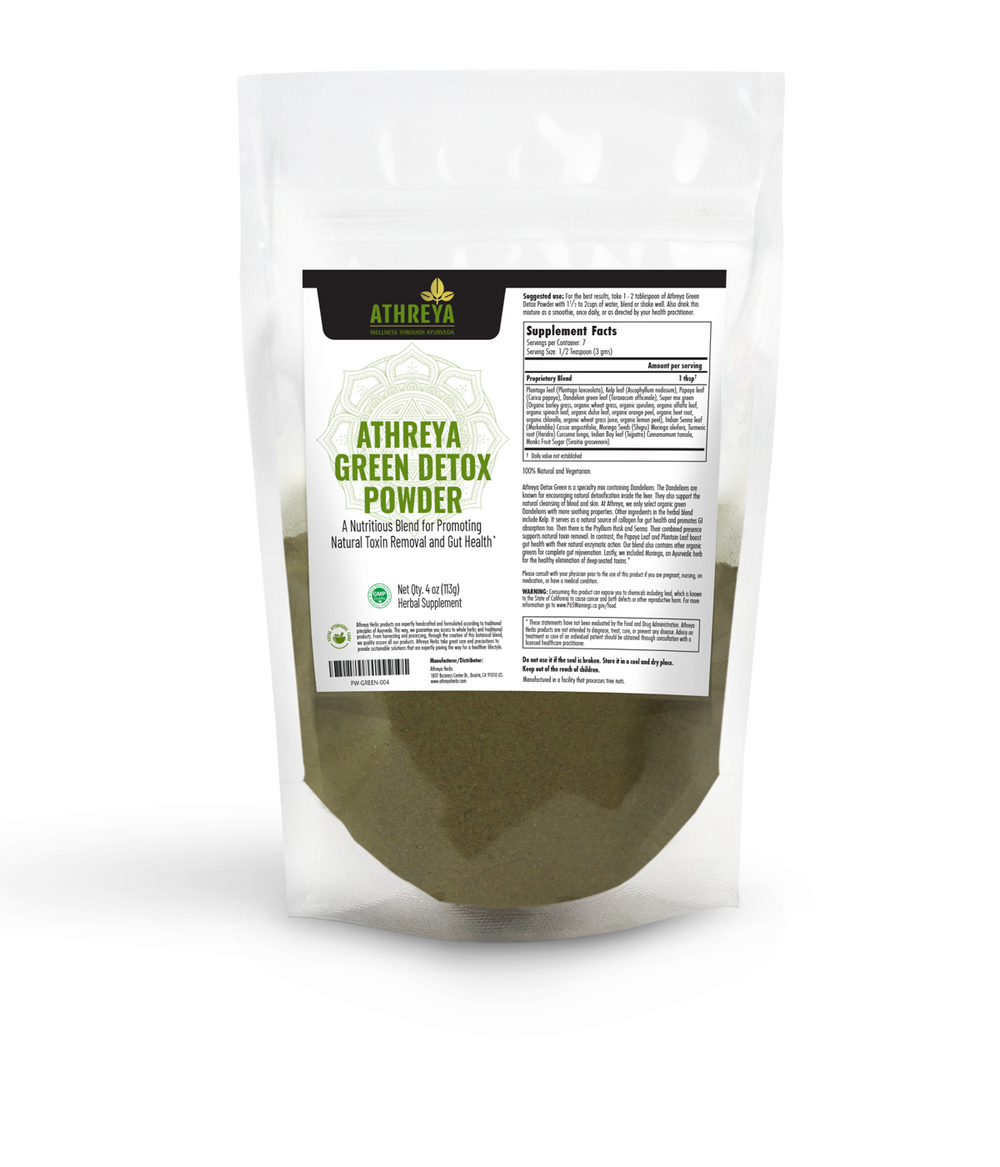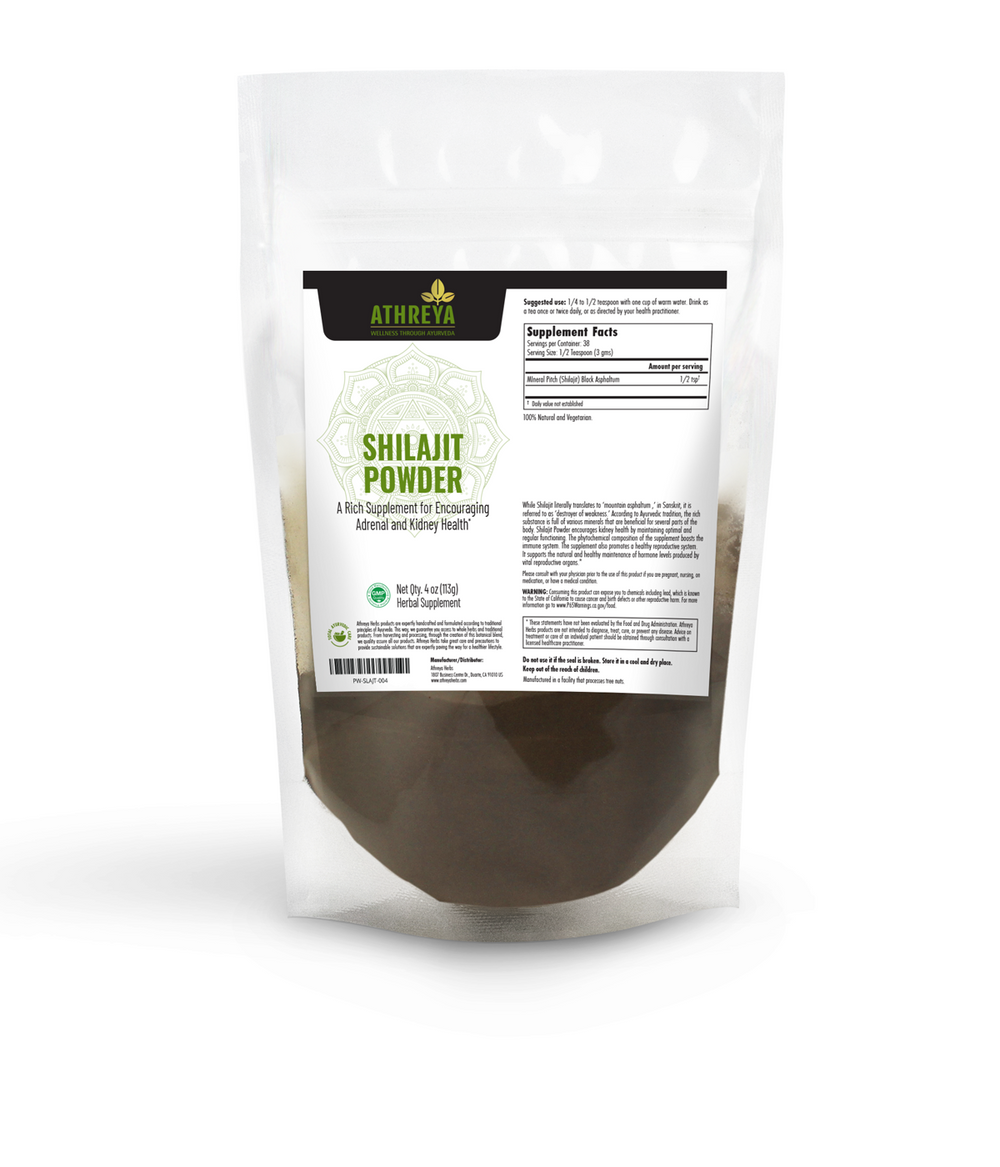Cooling Balance and Grounding Energy
In Ayurveda, certain tree barks are revered for their ability to cool, calm, and ground the body. When combined, their powers are amplified—bringing deep balance to the gut, urinary system, skin, and female reproductive health.
This blend of Banyan Bark, Buddhi Tree Bark, Wild Fig Bark, and White Fig Bark has been treasured by sages for centuries. Together, they create astringing, cooling, and earthing effects that settle the body and quiet the mind.

🌳 Banyan Bark (Ficus benghalensis)
-
Taste (Rasa): Astringent with a sweet undertone
-
Potency (Virya): Cooling
-
Qualities (Guna): Heavy and slightly dry
-
Post-digestive Effect (Vipaka): Sweet
-
Dosha Action: Balances Pitta and Kapha; may increase Vata if overused
Traditional Benefits
Banyan bark is known for its wound-healing, anti-inflammatory, and stabilizing actions. It is used for gut health, skin support, urinary balance, and women’s reproductive strength.
Fun Fact
The banyan is the national tree of India and symbolizes immortality and interconnectedness. Its aerial roots grow downward to form new trunks, creating a living forest from a single tree.
🌿 Buddhi Tree / Sacred Fig (Ficus religiosa)
-
Taste (Rasa): Sweet and astringent
-
Potency (Virya): Cooling
-
Qualities (Guna): Heavy, slightly dry
-
Post-digestive Effect (Vipaka): Pungent
-
Dosha Action: Balances Pitta and Kapha
Traditional Benefits
The bark is cooling, wound-healing, and hemostatic. It helps calm bleeding disorders, soothe inflamed tissues, and support respiratory and reproductive health.
Fun Fact
It was under a sacred Bodhi tree that Siddhartha Gautama attained enlightenment and became the Buddha. The Peepal tree is planted near temples across India and is considered a symbol of spiritual awakening.

🌱 Wild Fig Bark
-
Taste (Rasa): Primarily astringent
-
Potency (Virya): Cooling
-
Qualities (Guna): Light, grounding, soothing
-
Dosha Action: Pacifies Pitta, supports Vata balance
Traditional Benefits
Rich in tannins and flavonoids, wild fig bark tones the digestive system, supports nutrient absorption, and calms the nervous system. It also aids urinary balance, skin healing, and women’s health.
Fun Fact
The wild fig bark is white on the outside and darker inside—a natural metaphor for balance: cooling on the surface, strength within. Its resilience in the wild is seen as a symbol of inner adaptability.
🌼 White Fig Bark
-
Taste (Rasa): Astringent
-
Potency (Virya): Cooling
-
Qualities (Guna): Gentle, grounding
-
Dosha Action: Pacifies Pitta, stabilizes Kapha
Traditional Benefits
White fig bark has a gentle, cooling action that soothes sensitive tissues and supports the urinary system, skin, and reproductive health.
Fun Fact
In many traditions, the “white” bark is associated with clarity and purity. Its pale outer surface and deeper inner layers are seen as symbolic of calming inner heat and restoring balance.
🌿 How the Four Barks Work Together
-
Cooling + Astringing: All four reduce excess heat and tone the tissues.
-
Multi-System Support: They benefit the gut, bladder, kidneys, uterus, and skin.
-
Grounding Energy: Together, they promote stability and calmness for the mind and body.
When brewed as tea or taken as a powder, these barks bring harmony to the body’s internal systems—helping us feel lighter, calmer, and more vibrant.
⚖️ Disclaimer: These statements are based on traditional Ayurvedic texts and practices. This information is not intended to diagnose, treat, cure, or prevent any disease. Please consult your healthcare practitioner before using any herbs or supplements.
















